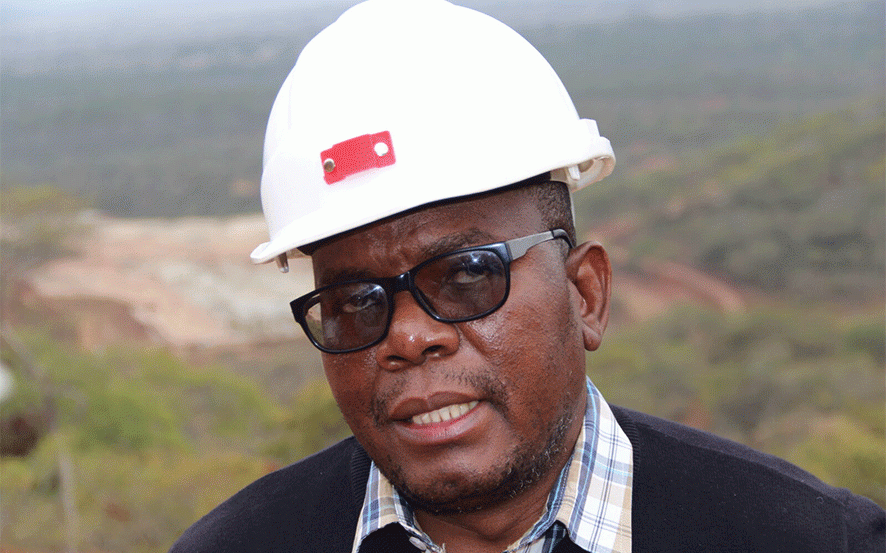
SANDAWANA Mines, which has resumed operations after it shut down years ago due to a number of reasons, is now valued at approximately US$3 billion, up from US$5 million, NewsDay Business can reveal. This represents a whopping 59 900% jump in value.
The mine, once owned by Rio Tinto, was one of the world’s largest emerald mines, before it shut down in 2010 after production collapsed and it lost markets.
Kuvimba Mining House (KMH), which is 65% owned by the government, took over the asset in 2019 and has so far invested US$56 million to make it one of the biggest lithium producers in the world.
The mine is rich in vast mineral resources that include tantalite, copper and gold.
“There was no activity here. Kuvimba came in and acquired the asset and invested a total of US$56 million to revive the operations as well as to explore lithium and other minerals,” Sandawana Mines general manager Godwin Gambiza told journalists during a media tour of the mine this week.
He added: “Before Kuvimba took over, the valuation was at US$5 million but the investment that Kuvimba has done in terms of the exploration work that commenced in the month of January, the 54 000 metres that we have drilled as part of phase one exploration, the 374 holes that we have drilled as part of exploration resulting in 18 to 20 million tonnes of ore now is measured category, balancing indicated, a bit of it as inferred has increased rapidly that value of Sandawana in terms of valuation between US$2,5 billion and US$3 billion.”
The Sandawana Mines boss said this month they would conclude phase one of the exploration programme.
Under phase one, they are targeting to get a resource of up to 30 million tonnes of lithium ore.
- Feature: Revolving door of Zim's mining investment keeps on spinning
- Nzenza speaks on Zisco
- BNC promises full disclosure to investors
- Govt blocks small-scale miners from lithium fields
Keep Reading
“We pride ourselves in the sense that we are the first lithium operation in Zimbabwe to have our resource in measured category. Already as we speak right now, I think we are talking of around 18 million tonnes of lithium ore that you can confirm as in measured category, around 2,3 in indicated and the balance up to 30 million,” Gambiza said.
“Phase two, we project again another 30 million tonnes of lithium ore. As we go to phase three and phase four, we then expect our resource to go up to 200 million tonnes of lithium ore.
“That will position Sandawana as the biggest lithium mine in Zimbabwe, leading the rest. I think so far those that have released their exploration information, I think the leading one right now is sitting on a deposit of 72 million at an average grade of 1,06% lithium oxide. In our case, we would be around 200 million at an average grade of 1,4% lithium oxide which means again in terms of the grades we are leading.”
Zimbabwe is the sixth-largest producer of lithium in the world.
Gambiza said they also commenced open pit mining operations in January this year although at a limited scale. The area that they are mining constitutes around 1% of the total area and to date, they are sitting on over 600 000 tonnes of stockpile that they have mined.
He also indicated that KMH was committed to raw material beneficiation and value addition, adding that to that end, feasibility studies for a 4,5 million-tonne per annum beneficiation plant were underway.
“We are working together with other partners that have also shown interest in co-operating with us to set up a beneficiation and value addition plant here at Sandawana Mine in the next 12 to 80 months,” he said.
The company also seeks to embark on the rehabilitation and development of the infrastructure at Sandawana and surrounding areas.
It will construct 150 kilometres of roads at a cost of US$110 million. The work is expected to start this week.
The general manager also revealed that they will upgrade the electricity infrastructure from the current 3MVA to 20MVA to meet power requirements for the mine.
As a backup, they are going to do feasibility studies for a 60MW power plant.
He said when the mine was in full operation, they were looking at an annual turnover of around US$4,5 billion, with the government realising approximately US$300 million in royalties.







